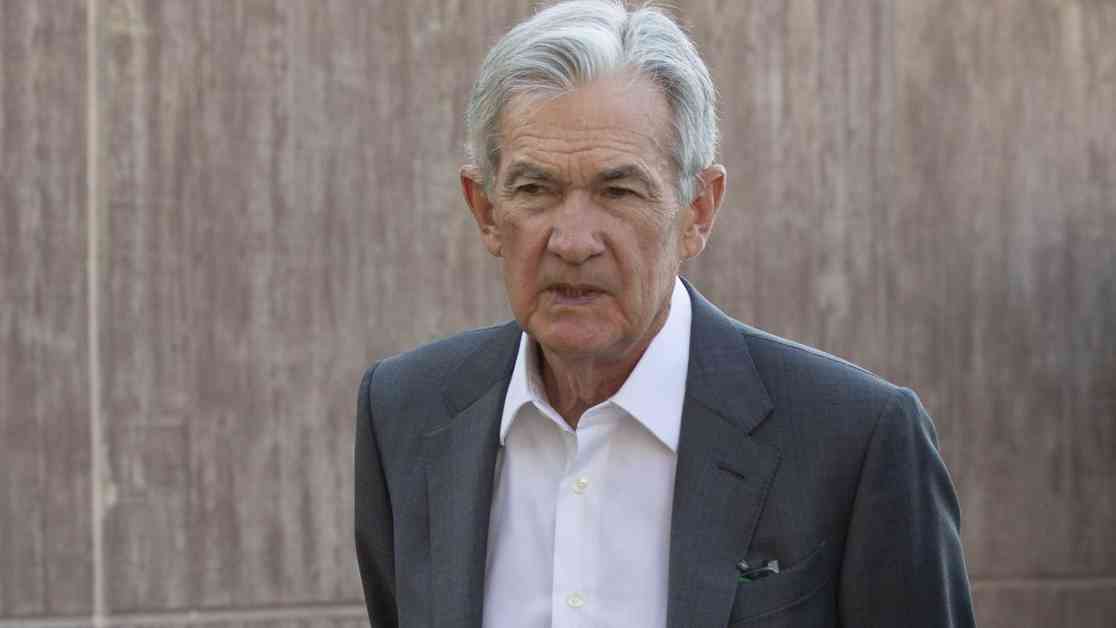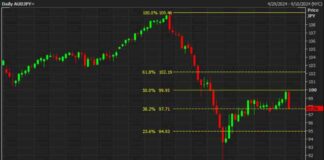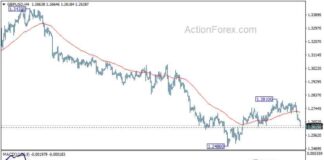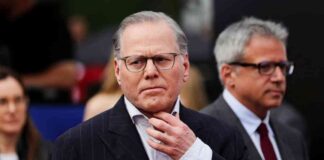Federal Reserve Chair Jerome Powell hinted at potential interest rate cuts in the near future during his keynote address at the Fed’s annual retreat in Jackson Hole, Wyoming. While he did not provide specific details on the timing or extent of the cuts, Powell emphasized the need for a policy adjustment to address the evolving economic conditions.
**Economic Assessment and Policy Adjustments**
Powell acknowledged the progress made in addressing inflation, noting that the central bank can now shift its focus to maintaining full employment. He highlighted the decline in inflation rates and the normalization of supply constraints, indicating a shift in the balance of risks. Powell emphasized the Fed’s commitment to ensuring a strong labor market and continued progress on inflation.
**Market Response and Expectations**
Following Powell’s speech, stocks saw gains while Treasury yields dropped sharply. Market traders have priced in a 100% chance of at least a quarter percentage point rate cut in September, with some speculating on the possibility of a half-point reduction. The CME Group’s FedWatch reflects increased odds of a potential rate cut, signaling market expectations for monetary policy adjustments.
**Inflation and Unemployment Trends**
Despite inflation rates approaching the Fed’s 2% target, the unemployment rate has been gradually increasing. Powell attributed the rise in unemployment to more individuals entering the workforce and a slower pace of hiring, rather than a deterioration in the labor market. He emphasized the Fed’s objective of restoring price stability while maintaining a strong labor market, highlighting the progress made towards achieving these goals.
**Policy Easing and Future Outlook**
While the Fed is expected to start cutting rates in September, Powell did not specify the exact timing of the policy easing. Minutes from the July open market committee meeting indicated that a “vast majority” of officials believe a September cut would be appropriate. Powell’s dovish stance suggests a willingness to take necessary measures to support the economy and address evolving economic conditions.
**Analysis of Inflation Surge and Fed Response**
Powell reflected on the surge in inflation, attributing it to global factors such as increased demand for goods, strained supply chains, tight labor markets, and commodity price hikes. The Fed responded by implementing a series of rate hikes to restore price stability. Powell emphasized the importance of anchored inflation expectations and the role of central bank actions in facilitating disinflation without the need for significant economic slack.
**Lessons Learned and Future Considerations**
As the economy navigates through evolving economic conditions, Powell highlighted the importance of learning from recent experiences. He emphasized the role of anchored inflation expectations and the effectiveness of central bank actions in managing inflationary pressures. Powell acknowledged that there is still much to be learned from the economic events of recent years, underscoring the need for continued vigilance and adaptability in monetary policy.
In conclusion, Federal Reserve Chair Jerome Powell’s remarks at the Jackson Hole retreat signal a potential shift towards interest rate cuts in the near future. While the exact timing and extent of the cuts remain uncertain, Powell’s emphasis on the need for policy adjustments reflects the Fed’s commitment to supporting the economy and maintaining price stability. As the economy continues to evolve, the Fed’s stance on monetary policy will play a crucial role in shaping the economic outlook.

















